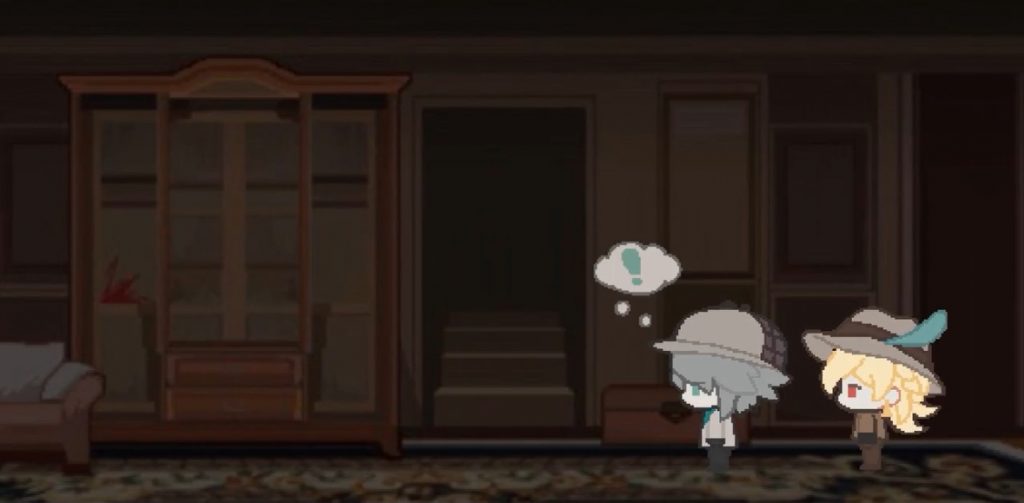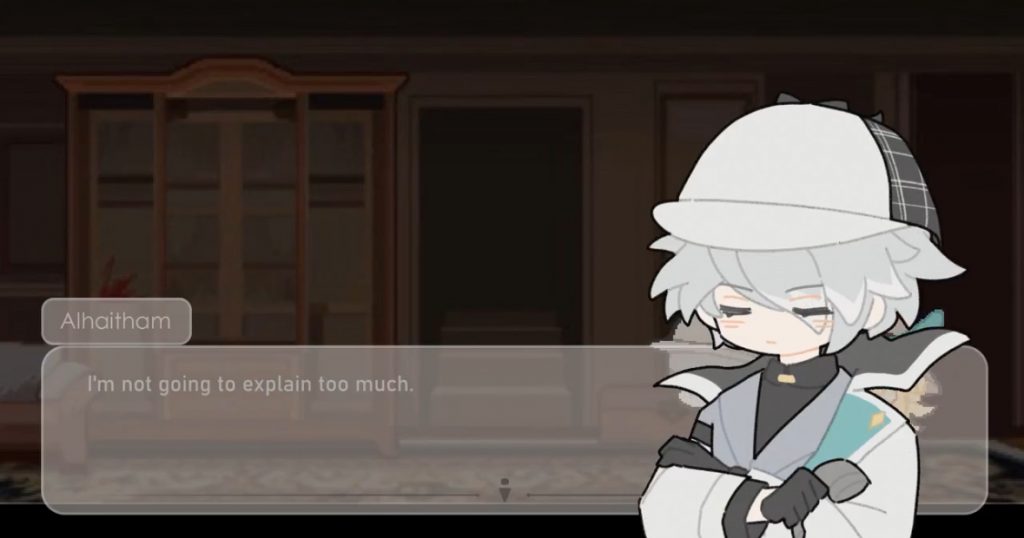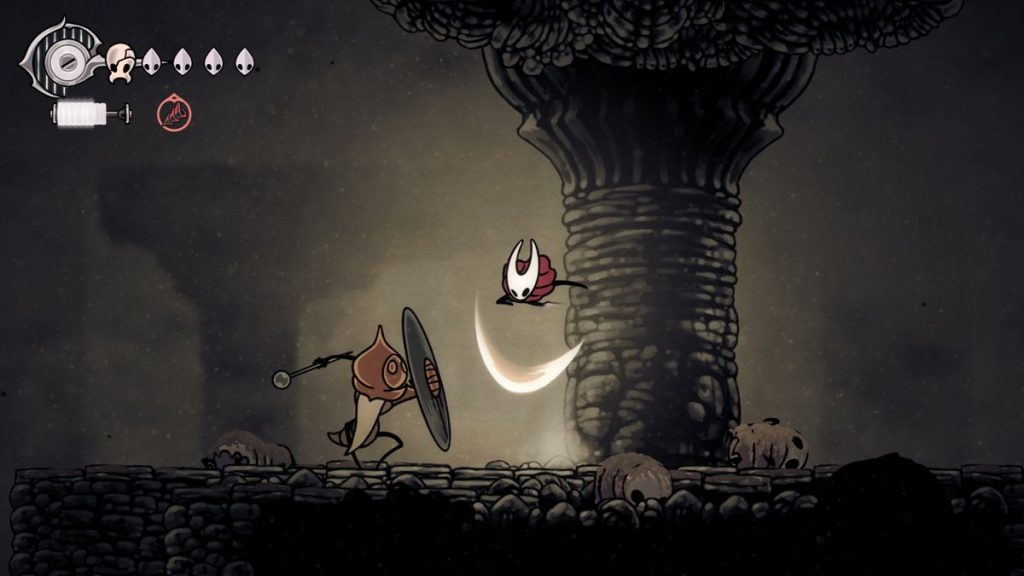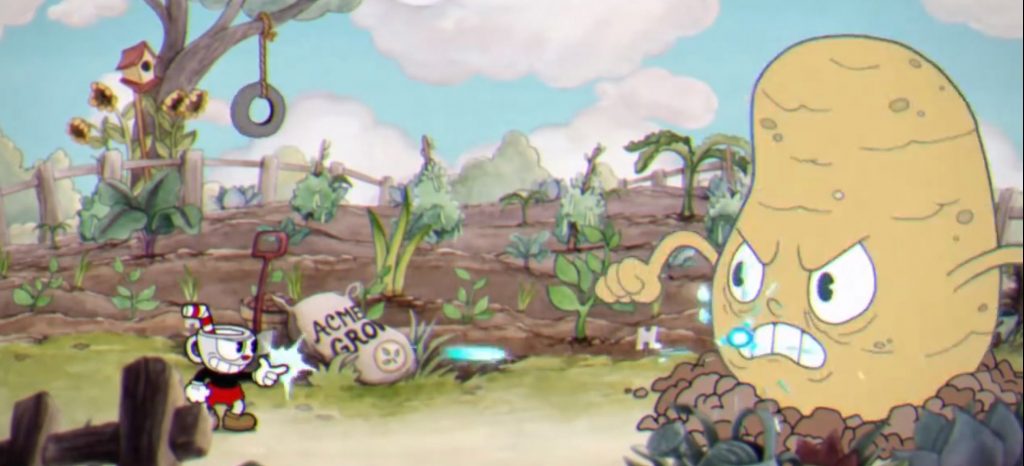Animation is widely used in the gaming industry because of its unique artistry and irreplaceable viewing value. Currently, animators in the gaming industry are mainly divided into 2D and 3D. This blog will focus on analyzing the role and required skills of 2D game animators in the industry, and reflect on future career planning and development prospects.
Game animators are the “storytellers” of the game world, responsible for bringing characters, environments, and objects to life. Unlike traditional animators, game animators face the unique challenge of interactivity. Game animators often need to have artistic creativity and high skill proficiency. Game animators play a vital role in the game production process. Since my BA major is Concept Art, we need to hand over the scene and character design to animators for production after completing it. In game animation, concept art and animation are highly correlated. Game animators need to connect concept art with interactive game experience. Their main task is to enhance the player’s immersion through animation and create realistic or artistic effects based on the visual style of the game. They are responsible for a wide range of areas, including character movements (such as walking, jumping, combat movements), environmental effects (such as tree shaking, water ripples), and in-game cutscenes. I have made my own independent 2D game demo and have a certain understanding of the production process and technical requirements of 2D game animation.


Although both game animation and traditional animation require vivid dynamic effects, the core difference between the two lies in interactivity. Traditional animation is linear and pre-rendered, used to tell a fixed story. In contrast, game animation is dynamic and needs to adapt to the player’s control. For example, the character controlled by the player can run, stop or change direction at any time, and the animation must smoothly handle these transitions. This can be seen in many classic RPG games, such as “Stardew Valley” and “Hollow Knight”.

In addition, 2D game animation places more emphasis on artistic expression, and animators need to create a unique visual style based on the type of game. For example, “Cuphead” recreates the hand-drawn cartoon style of the 1930s and is loved by game enthusiasts. Excellent 2D game animators need to give characters distinct personalities through details such as posture, facial expressions, and movement rhythm.

2D games have a unique charm that is different from 3D games. However, compared with 3D game animation, the job market for 2D game animators is relatively small. Especially in large game studios, 2D animator positions are relatively scarce. Currently, as a 2D animator, I have some thoughts and reflections when facing the current status of the industry. The key to adapting to the current status of the industry is to continue learning and expanding skills. In recruitment, employers tend to prefer looking for candidates with multiple skills (such as a combination of 2D and 3D animation), which may lead to a decrease in the competitiveness of pure 2D animators. Therefore, some effective changes may be:
- Learn some 3D technical tools: learn skeletal animation, special effects production and the operation of common engines (such as Unity)
- Learn basic 3D modeling and rigging. For example, when making a 2.5D game, the combination of 2D and 3D skills is important.
- Due to the unique hand-painted texture and visual style of 2D animation, it is difficult for 3D animation to completely replace it. While retaining my personal style, choose the 3D software that suits me to learn, try to improve my animation production skills, and make the better works.
In conclusion, 2D game animators still have an irreplaceable position in today’s game industry, but with the popularization of 3D technology, 2D animators need to face the challenge of skill transformation. As an animator currently focusing on 2D, I should appropriately reflect on my own advantages, and at the same time, learn more software to expand my skills in combination with actual needs. In the future, the integration of 2D animation and 3D technology may open up broader career prospects for animators.
Reference
- https://www.youtube.com/watch?v=QF9tzn7UUIo
- https://www.youtube.com/watch?v=UAO2urG23S4
- https://www.youtube.com/watch?v=z9Blp_n1aSc
- Many 2D game animator recruitment ads, such as miHoYo, NetEase, etc.
Mingyu Deng
27/11/2024
